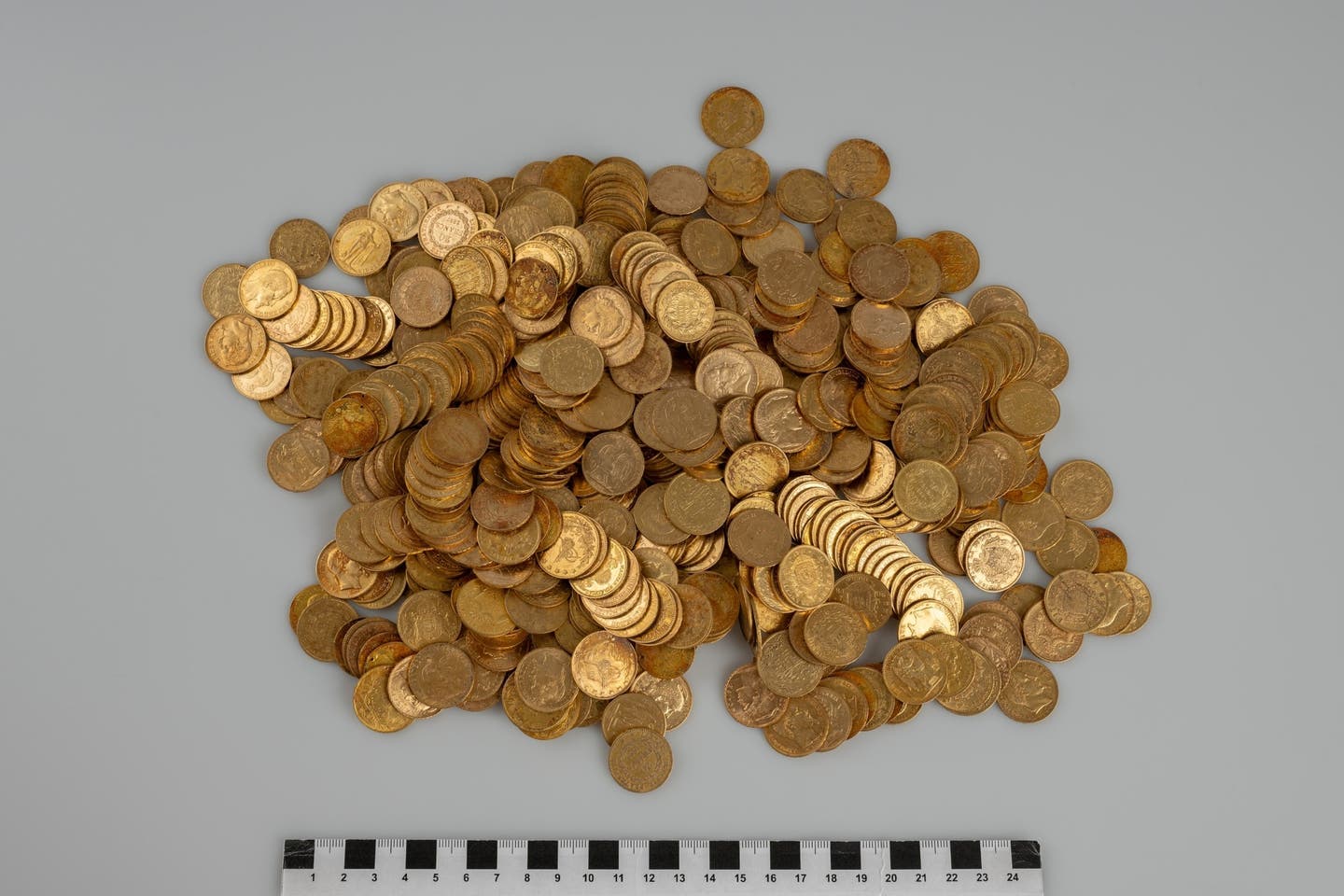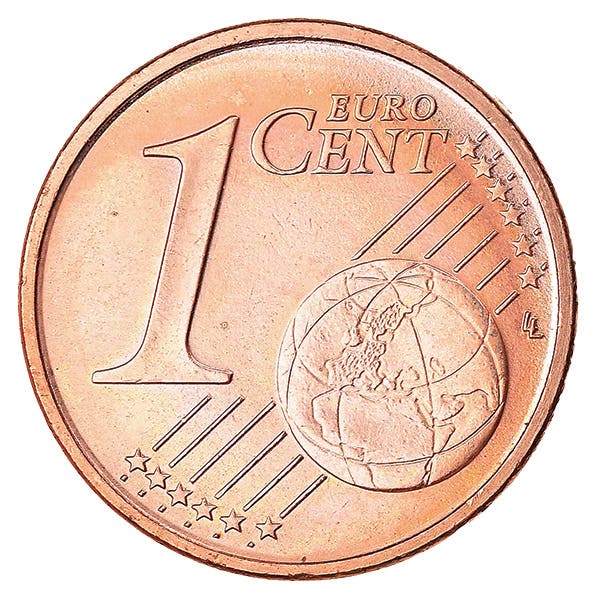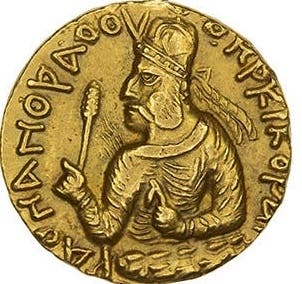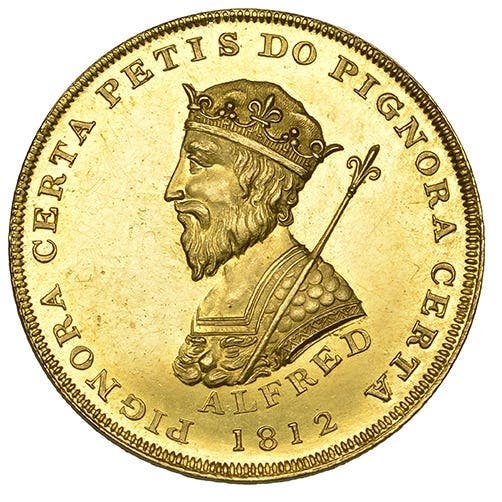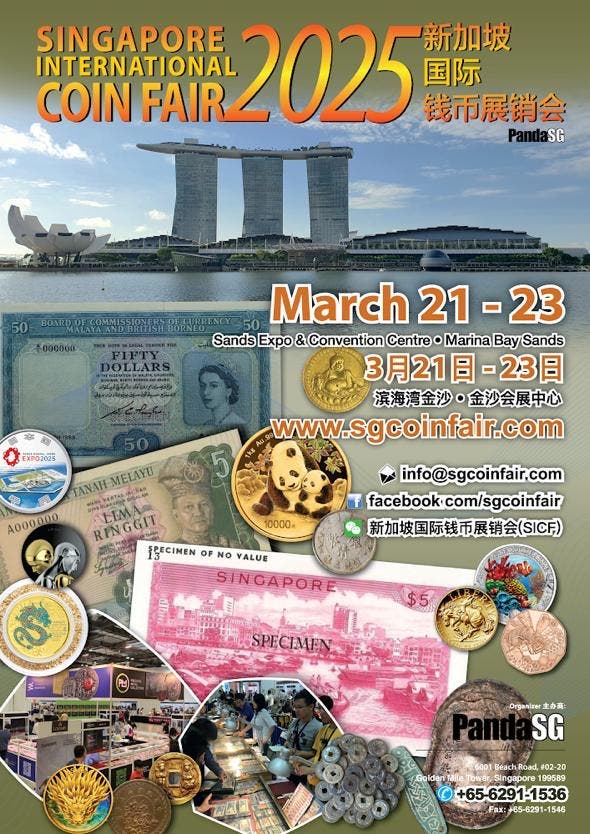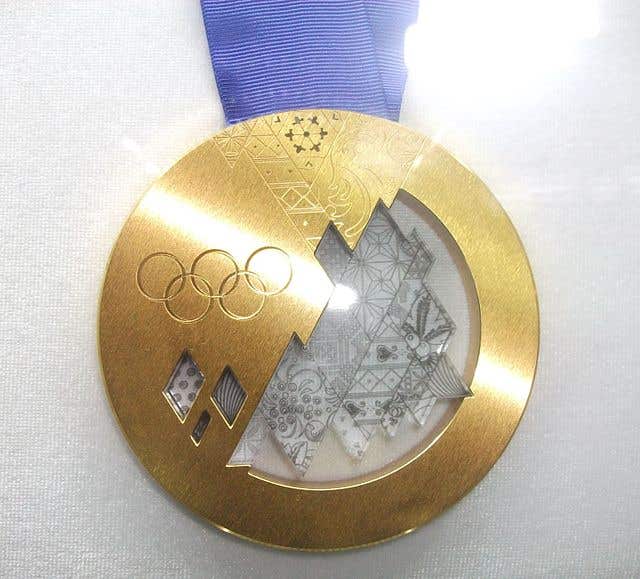Vote and hold gold
In the second half of summer, trading volume in physical precious metals declined significantly. Then, following the significant price drops on Oct. 4, there was a jump in buying demand….
In the second half of summer, trading volume in physical precious metals declined significantly.
Then, following the significant price drops on Oct. 4, there was a jump in buying demand. However, this buying surge has since partially tailed off.
In some respects, I sense that Americans are waiting for the elections to be over before making financial plans. In the meantime, most seem to be sitting tight.
Neither the Democrat nor Republican nominees for president, the only contenders with any prospect of being elected to that office, have offered principles or policies that would halt government overspending. As USA Today pointed out two months ago (http://www.usatoday.com/story/opinion/2016/08/15/trump-clinton-deficit-debt-social-security-medicare-editorials-debates/88429102/) neither of these candidates has offered a plan to manage the national debt or the $41.5 trillion net present value of deficits in Social Insurance programs such as Social Security and Medicare (the Sept. 30, 2015 liability reported by the Government Accountability Office on page 26 of the document posted at https://www.fiscal.treasury.gov/fsreports/rpt/finrep/fr/15frusg/02242016_FR(Final).pdf).
As a consequence, whatever combination of higher taxes, higher debt, or inflation of the money supply is pursued by the next presidential administration to paper over soaring budget deficits, the one long-term certainty is that the value of the U.S. dollar is destined to fall dramatically. Stated another way, overall it will take more U.S. dollars to purchase consumer and business goods – or ounces of precious metals – in the future than what they cost today.
The question remains, how long will it be before the “long-term” arrives and we see significant further declines in the U.S. dollar? No one really knows. As Jacques Delors, the political founding father of the euro currency, wrote in his blog last month, “At some point, . . . Europe will be hit by a new economic crisis. We do not know whether this will be in six weeks, six months, or six years. But in its current set-up, the euro is unlikely to survive that coming crisis.”
Since Oct. 4, precious metals prices have slightly recovered from their bottom. However, they have been mostly range-bound over the past few weeks. I don’t think it is a coincidence that the same could be said about major U.S. stock indices. In my judgment, incumbent politicians who want to be re-elected are doing everything they can to present the appearance of a stable U.S. economy.
So, I am not expecting any major price moves in gold, silver, platinum, or palladium over the next two weeks.
In the meantime, there are some pressures building that would tend to boost or suppress precious metals prices. Here are just a few of them.
Pressures for higher precious metals prices:
• In the coming separation between the United Kingdom and the European Union, the value of the British pound has fallen sharply. As measured in pounds, the price of gold is close to its 2011 peak.
• India is the world’s second largest gold consuming nation. Proportionately more physical gold is purchased by rural residents (meaning farmers) than by urban citizens. The prosperity of rural Indians is significantly impacted by how much rain comes down during the monsoon season. This year, the rains have been heavier than in recent years, with the result that the gold-buying part of India’s population is expected to make larger than normal purchases of gold and silver before the end of 2016.
• Deutsche Bank is a European mega-bank reported to be in dire financial straits, as are many Italian banks. To the extent they may need to be bailed out by their respective governments to avoid failure, this could put the entire euro currency system at risk of failure. I have also heard that the Swiss bank Credit Suisse is in much more precarious condition than realized by the general public.
• For state and local governments in the United States, the Governmental Accounting Standards Board accounting practices have undergone a major overhaul for fiscal years beginning from late June 2016. Now, these entities will be required to more fully disclose in their financial statements the extent of the net present value of their unfunded liabilities, primarily employee pensions and retiree health care benefits. For just the state of Michigan, this amount is $55-$60 billion. There are many other states in far worse financial condition. Nationwide, unfunded liabilities not reported in state and local government financial statements total in the trillions of dollars.
• There is a gradual growing premium for gold and silver traded on the Shanghai Gold Exchange compared to prices in the London market. At the beginning of this week, the gold price was less than 0.5 percent higher and the silver price was at about a 5 percent premium. This disparity is coming about because virtually all trades on the SGE are for immediate delivery of the physical metal. Sellers on the SGE are not even allowed to offer contracts for sale unless the underlying metal is already in the SGE’s vault. In contrast, contracts traded in the London market are pretty much in paper only; rarely is physical metal ever delivered. The rising premium is not yet at crisis levels. However, it is definitely heading in that direction.
• U.S. auto loan delinquencies have now risen to the levels they reached at the peak of The Great Recession less than 10 years ago.
Pressures for lower precious metals prices:
• The Russian newspaper “Pravda” this week reported that the Russian government will be selling some gold reserves to cover budget shortfalls. I have not seen confirmation of this report, so for now I consider it like a rumor. However, the Russian government has added to its gold reserves almost every month for the past few years. The monthly quantities purchased have not been enough to roil the markets, but the cumulative amounts were significant. If Russia reverses direction and starts selling gold, that would have a slight negative impact on the price.
• To the extent that the euro or other currencies may sink in value, that will tend to temporarily prop up the value of the U.S. dollar. As this occurs, that will tend to hold down precious metals prices.
• When adjusted for the rise in consumer prices, the average American household income has declined over the past few years. This means there is less discretionary funds available for the acquisition of precious metals.
Note that these are just some examples of major looming financial problems. The lists are not comprehensive.
In the absence of a strong sense of where precious metals prices may go in the short term, I fall back on my long-term recommendation of owning some quantity of physical metals, especially gold and silver, as a form of “wealth insurance” against the risk of falling values in paper assets such as stocks, bonds and paper currencies. I envision such holdings being held for life and passed on to heirs rather than being bought and sold as markets fluctuate. While no one knows for sure what will come to pass in the future, you should be able to sleep better at night knowing that you own such protection of your financial well-being.
Patrick A. Heller was the American Numismatic Association 2012 Harry Forman Numismatic Dealer of the Year Award winner. He was also honored by the Numismatic Literary Guild in 2016 for the Best Dealer-Published Magazine/Newspaper and for Best Radio Report. He is the owner emeritus and communications officer of Liberty Coin Service in Lansing, Mich.,” and writes “Liberty’s Outlook,” a monthly newsletter on rare coins and precious metals subjects. Past newsletter issues can be viewed at http://www.libertycoinservice.com. Some of his radio commentaries titled “Things You ‘Know’ That Just Aren’t So, And Important News You Need To Know” can be heard at 8:45 a.m. Wednesday and Friday mornings on 1320-AM WILS in Lansing (which streams live and becomes part of the audio and text archives posted at http://www.1320wils.com).
This article was originally printed in Numismatic News.
>> Subscribe today or get your >> Digital Subscription
More Collecting Resources
• Purchase your copy of The Essential Guide to Investing in Precious Metals today to get started on making all the right investing decisions.
• Keep up to date on prices for Canada, United States and Mexico coinage with the 2016 North American Coins & Prices guide.



